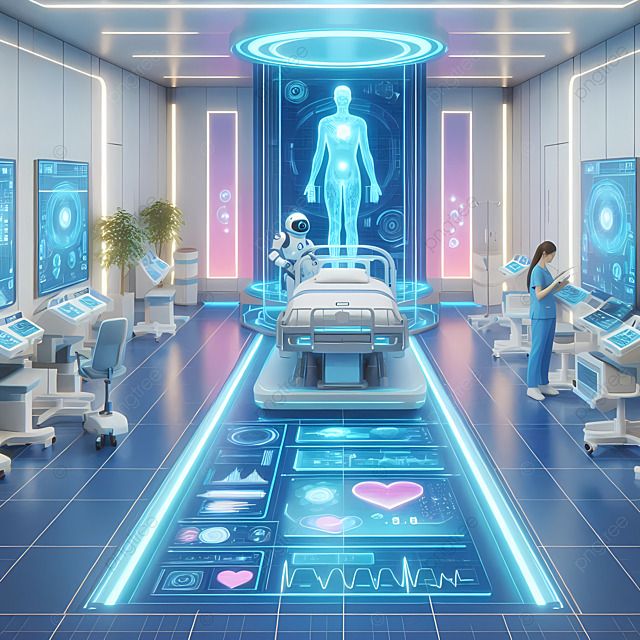
How AI is Slashing Radiation Exposure in Medical Scans
Jul 21, 2025 |
👀 50 views |
💬 0 comments
In a quiet but profound revolution taking place in hospitals and clinics worldwide, artificial intelligence is tackling one of the most persistent challenges in modern medicine: reducing patient exposure to potentially harmful radiation from diagnostic imaging. Breakthroughs in AI are now allowing doctors to get clearer, more accurate images from scans like X-rays and CTs while using dramatically lower doses of radiation, heralding a new era of safer, more efficient medical diagnostics.
For decades, medical imaging has operated on a difficult trade-off. A higher dose of radiation generally produces a clearer, sharper image, making it easier for radiologists to spot tumors, fractures, or other abnormalities. Lowering the dose to improve patient safety often resulted in "noisy" or grainy images, increasing the risk of a missed diagnosis.
AI is now shattering that compromise. By training deep learning algorithms on vast datasets of both high-dose and low-dose scans, researchers have created AI systems that can achieve the seemingly impossible: they can take a low-radiation, noisy image and digitally reconstruct it to have the clarity and diagnostic quality of a full-dose scan.
Recent advancements in this field are stunning in their impact:
CT Scans with a Fraction of the Dose: New studies have shown that AI-enhanced, ultra-low-dose CT (ULDCT) scans can detect conditions like pneumonia with 100% accuracy, using as little as 2% of the radiation of a normal-dose scan. This is a game-changer for immunocompromised patients and others who require frequent imaging.
3D Models from a Few X-rays: In a major breakthrough, researchers have developed AI that can generate a precise 3D model of a patient's bones using just two to four standard X-ray images. This technique can reduce radiation exposure by up to 99% compared to a traditional CT scan, which is currently the standard for creating such models for surgical planning or custom implants.
This AI-driven approach acts as a powerful "denoising" engine. It intelligently fills in the gaps and removes the graininess from low-dose images, effectively predicting what the high-quality scan would have looked like. This not only protects patients from unnecessary radiation but also improves workflow and reduces costs by minimizing the need for repeat scans.
The implications are particularly significant for the most vulnerable patients. Children, pregnant women, and individuals with chronic conditions who need regular monitoring are at the highest risk from cumulative radiation exposure. By drastically lowering the dose per scan, AI makes essential medical imaging safer than ever before.
While the primary focus of AI in medicine has often been on diagnostics—finding the disease—this parallel revolution in radiation reduction is a testament to how AI is improving not just the accuracy of healthcare, but its fundamental safety. It’s an invisible shield, working behind the scenes to protect millions of patients every day.
🧠 Related Posts
💬 Leave a Comment
